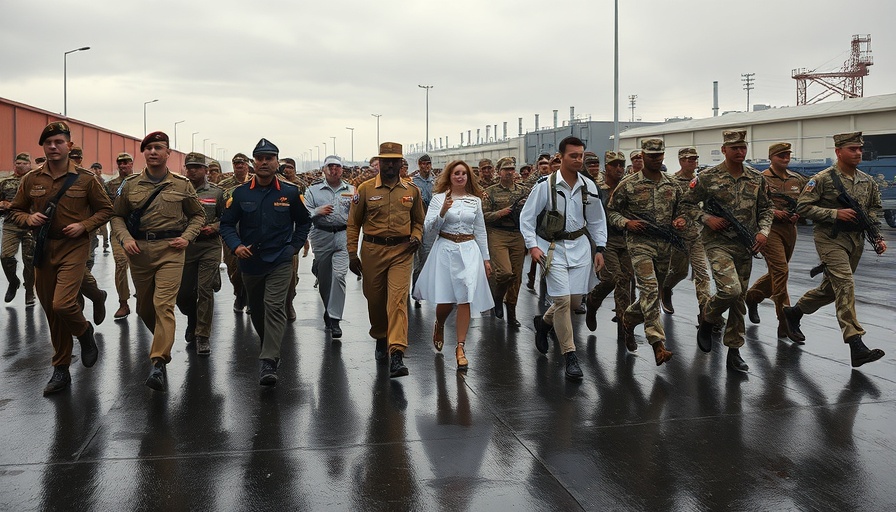
The Return of South African Troops: A Contextual Overview
The South African National Defence Force (SANDF) has confirmed the withdrawal of its peacekeeping troops from the Democratic Republic of Congo (DRC), a decision stemming from directives received from the Southern African Development Community (SADC) in March. This strategic move, which began on May 1, 2025, follows the recent engagements in which South African soldiers, alongside forces from Tanzania and Malawi, supported stability efforts against the M23 rebel group.
The drawdown of these troops is significant, not just for military operations but also in terms of public sentiment and political ramifications back home. The deployment has sparked a mixed reaction from South Africans, with many expressing relief while others question the rationale of their mission.
The Implications of Troop Withdrawal
The withdrawal appears to symbolize a re-assessment of South Africa's foreign military engagements. Defense Minister Angie Motshekga articulated that the return of the SANDF does not reflect defeat but rather a strategic exit in alignment with SADC resolutions and ongoing dialogues regarding regional security. The sentiment of 'coming home' resonates strongly with both soldiers and civilians, marking the end of a challenging deployment characterized by operational complexities and international collaboration.
Commenting on this development, President Cyril Ramaphosa emphasized commitment towards a collaborative approach for regional peace, expressing confidence in the capabilities of South African forces for future missions. Yet, this withdrawal also raises important questions regarding the effectiveness of such peacekeeping missions and the resources allocated to them.
Debate Surrounding Military Engagement
Social media commentary reflects the divide in public perception; while some celebrate the end of the deployment, others voice frustration about the motivations behind sending soldiers to the DRC in the first place. Social media users like Tumisho Mabusela and Simthembile Beauchamp have outwardly criticized the apparent lack of clarity regarding the objectives and outcomes of the mission.
Such reactions highlight a broader debate within South Africa regarding its role in continental affairs, touching upon themes of national pride, resource expenditure, and the morality of military intervention in neighboring conflicts. As the nation grapples with these discussions, insights may arise that could inform future policies on engagement in African peacekeeping missions, potentially shaping the military's operational framework.
The Road Ahead for SANDF
Looking forward, the SANDF must navigate the re-integration of returning soldiers while addressing the host of challenges they bring back. Among the 189 soldiers who returned from the prior phase in February, reports indicate injuries sustained during their deployment, alongside broader psychological impacts characteristic of military service.
This return phase will require focused attention to support systems for soldiers and their families, ensuring a seamless transition back into civilian life. The SADC's future approaches to managing conflict in the DRC may also redefine South Africa's military posture as regional challenges evolve.
Concluding Realities: Reflecting on Lessons Learned
The unfolding situation in the DRC serves as a reminder of the multi-faceted challenges facing peacekeeping operations. Collectively, these events underscore the importance of reflective practices that not only prioritize immediate security needs but also consider long-term implications for national and regional stability.
As South Africans reflect on the withdrawal of their troops, the discourse surrounding military involvement in foreign lands will continue to evolve, highlighting the complex intersections of military action, diplomatic relations, and public perception.
 Add Row
Add Row  Add
Add 




 Add Row
Add Row  Add
Add
Write A Comment